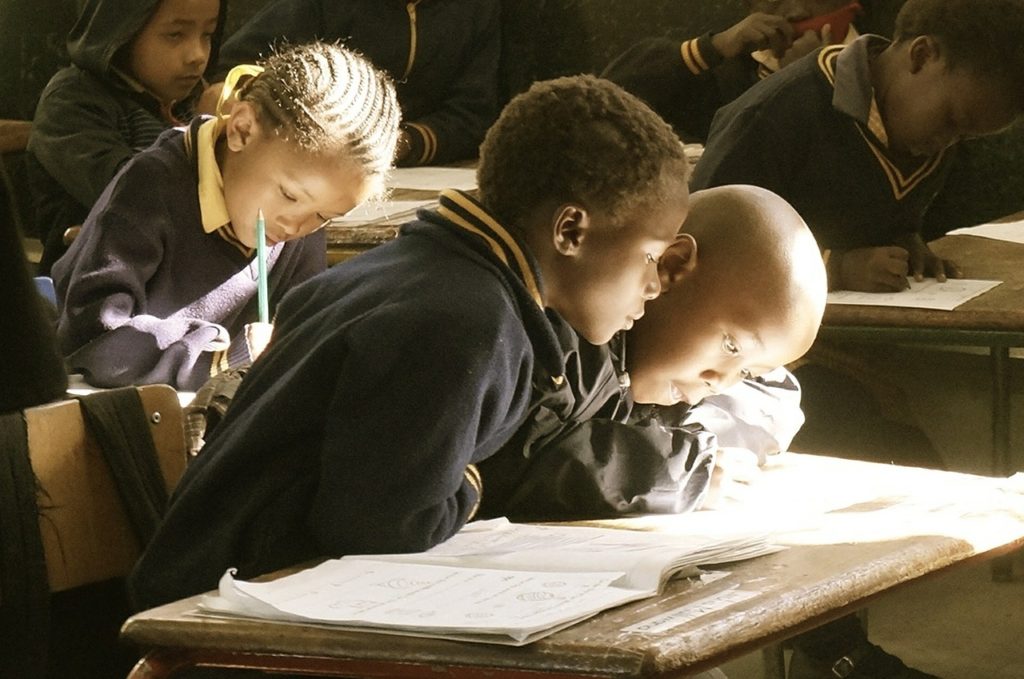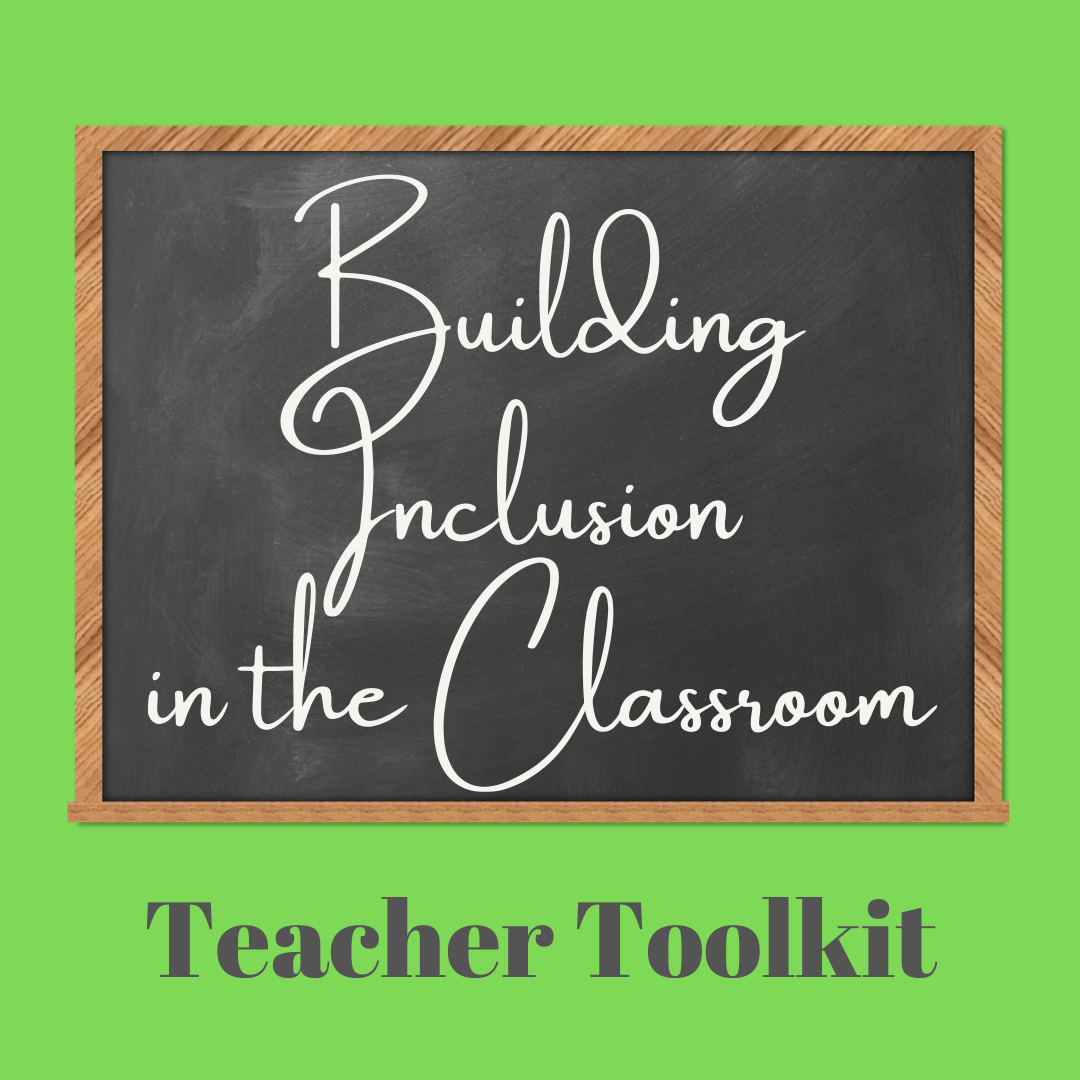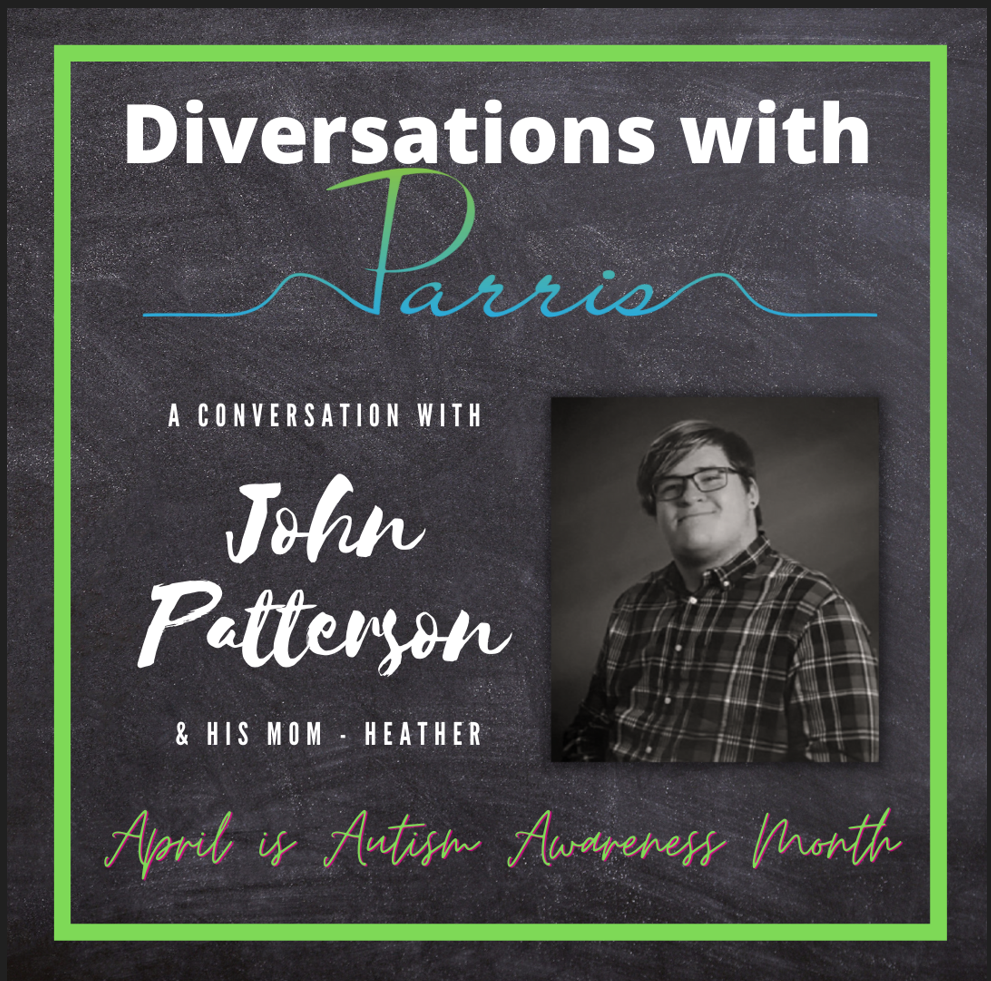Let’s start by meeting our Inclusive Classroom Experts.

Ms. Mary
Ms. Cara
Ms. Tasha
Arizona, USA
Ontario, Canada
Ontario, Canada
15 years educating, Pre-K -12, Spanish, Language Arts, and English as a Second Language (ESL), SEED Diversity certified.
9 years educating, K-12, Union Delegate & Steward, Chair of In-School Staffing Committee.
15 years educating, Secondary English, Anti-Racist Educator.

Creating inclusion in the classroom is one of the most important gifts we can give young learners. There’s growing evidence that when students experience and learn to embrace diversity in class, that sets the template for how they’ll live and function in the world as adults.
We know from studies that kids do best when they see a variety of cultural backgrounds reflected. And importantly, they need to see themselves within that diversity. They benefit when they see teachers and administrators who are like themselves, when they’re exposed to learning materials that feature kids who are like them, and when those materials are presented as worthwhile and valuable to the entire class.
What does an inclusive classroom look like?
Inclusive classrooms are all about creating a supportive environment where everyone can participate and learn, regardless of difference.
Inclusive classrooms are responsive to kids’ needs. Some learners need extra time to do their work; some learners seek additional challenges; some learners have difficulty paying attention; and some are anxious about being there in the first place.
In addition to respecting these different ways that children encounter school, inclusive classrooms demonstrate respect for all cultures, ethnicities, gender identities, abilities, and lived experience. Teachers who practise inclusivity take a community-based approach that considers the lives kids lead outside of school—what their families are like, how much exposure they’ve had to other perspectives and ideas, and whether they’ve had opportunities to travel and experience other places.
In an inclusive classroom, students are encouraged to share who they are, including their interests and viewpoints. “The humanity piece is so important,” says Ms. Cara, an elementary schoolteacher who devotes every September to creating a sense of inclusion and belonging among her students. “It’s extremely important to get to know the students you’re serving—and their families.”
Some educators use surveys to help them get a handle on the many kids they’ll be teaching. This is an expedient way to learn about students’ learning styles, personalities, social/emotional needs and special learning needs. Ms. Mary, who teaches grade 9 to 150 students, has some great suggestions for questions that can be asked of students and parents:
- What cultural resources would they like to be included in the class?
- What can help them feel safe trying new things?
- What will help them learn best?
- What will help them be successful?
- What do teachers need to know about them to support their learning?
- What is the best way to communicate throughout the year?
- What pronouns do they want to use?
This last question is increasingly on the minds of educators, as there has been a rise in the number of kids who identify as non-binary, gender fluid, or a different gender from the one they were born with. Students may be reluctant to speak up about their transition in class, and teachers may not know whether to ask or how to ask appropriately about their status. A survey provides a safe way for kids to indicate their name and pronoun preferences.
Use an equity lens
Kids are innately sensitive to fairness and justice. When they perceive that other students are getting more attention or more help, they may disconnect. “I always teach using an equity lens,” says Ms. Cara. By getting to know all students as individuals, educators can ensure a sense of belonging and equity.
“Equity ed is not taught to all teachers,” says Ms. Tasha, a secondary school English teacher whose passion for inclusive education goes back to her early days in university. “In whatever subject I teach, I try to amplify the voices of people who have been silenced. Amplify voices of Black, Indigenous, People of Colour.”
In a school system where tradition is powerful, this often involves challenging the status quo. Recently Ms. Tasha made the case with her department to stop teaching J.D. Salinger’s Catcher in the Rye. “I taught it for eight years. Why are we reading about a white boy from a privileged background? In my classroom that is not who I see reflected.”
Other educators have struggled to adapt their curricula. Ms. Mary was refused the right to teach The Hate U Give by Angie Thomas. “I wrote a petition to our school board,” she says. “I said I would use my own money to purchase the novels. The novel has won many awards, and the story is so powerful I believed even reluctant readers would be engaged. A few months later, the board responded that they did not want to spend money on new novels—as if I had not offered to buy the books myself.”
Undaunted, Ms. Mary showed her classes the film trailer for The Hate U Give and talked the book up, inspiring many grade 9 students to choose the book for independent reading and even do their own talks on it.
Meet kids where they’re at
“Students don’t learn from teachers they don’t like, connect with or trust,” says Ms. Cara. Students—and their parents—come from different backgrounds. Families bring their own lived experience, which makes it important for teachers to meet them where they’re at. When teachers engage fully and develop relationships, while being mindful of where their students are coming from, they can build the trust that’s key to learning. And when kids feel the sense of belonging that comes from being understood, they begin to understand they’re in a safe place where they can be themselves, make an effort, and try new things.
Ms. Mary recommends proactive phone calls to students’ homes to check in and see where they’re at. She calls her students at the beginning of the year and regularly thereafter. While it’s time consuming, Ms. Mary says it’s worth the effort because it can prevent problems and reveal issues that might not be evident in class. One such call revealed to her that a top-performing student was going through depression; she’d frequently been missing the first class of the day due to side effects from changes in her medication. “I would never have known any of that from class,” says Ms. Mary. “It helped me support her through that period of time.”

Support participation
Educators who think about inclusion are mindful of the relationships that form within the classroom. A carefully assigned learning group or seating arrangement can lay the ground for intellectual, social, and emotional success at school. Ms. Mary likes to get a sense at the beginning of the year how students will group organically. “For shorter activities such as partner discussions I allow students to self-select so I can get an idea of their friend groups.” This year she was sad to observe that students tended to group with others of the same culture. After that, she grouped them using “calling sticks” to ensure they mixed randomly. Recognizing that students value input into partnerships, Ms. Mary asked students to provide input on their groupings for longer projects. “I made the groups as successful as I could based on each student’s needs as well as individual feedback.” The aim is for the teams to develop a team identity and a collaborative view of learning.
Another way to leverage relationships in class is to identify mentors. By looking at students as individuals, teachers can see the unique qualities they have to offer, and suggest mentor/mentee groupings—for example, a student learning English for the first time could be paired with a friendly bilingual student.
As all teachers know, some students are more participatory than others. If teachers rely on students to put their hands up, some students may never offer a viewpoint or respond to a class challenge. That doesn’t lend itself to equity or inclusion. Ms. Mary recommends tools such as calling sticks to “give everyone an equal shot and keep everyone on their toes.”
Have a growth mindset
Many people think educators take the summer off and don’t give a second thought to September. But teachers like Ms. Mary, Ms. Tasha and Ms. Cara spend their summers thinking hard about how to engage the kids they’ll be teaching after Labour Day. Ms. Tasha took a six-part course on equity education, and she’s read nine young adult novels that deal with racism oppression, which she’s looking forward to sharing in class. (Be sure to check out her list below.)
That sense of continually growing and improving extends to students too. “It’s important to create that environment where it’s okay to make mistakes,” says Ms. Cara. “Mistakes are proof they’re trying.”
And teachers make mistakes too. “Be vulnerable,” says Ms. Mary. “Show them your human side—that you struggle too. Diversity and empathy go hand in hand… We can all help each other, and we need each other to feel safe in taking risks as we learn.”
What can teachers do to make classrooms more inclusive?
Whether teaching math, science, language arts or another subject, teachers have the power to make their classrooms more inclusive. They can do this by modelling inclusive practices, challenging students to explore different backgrounds and cultures, and supporting them to do so.
Ms. Cara suggests integrating the cultural celebrations of her students into the school year, building them into activities. This helps students “see a little bit of themselves.” Children from different backgrounds may eat different foods. It can be fascinating for students to experience others’ festive practices. By emphasizing not just tolerance for difference, but joyful exploration of it, teachers create natural learning occasions that are fun for the whole class. Students can contribute by being cultural ambassadors. Their cultural knowledge is a resource that can be shared by everyone.
Teachers can also take a strengths-based approach by helping their students develop their strengths while building on areas that need more support. The important thing is to focus on progress. What makes it inclusive? Cheering everyone on as a class.
Some materials to get you started
We asked Ms. Tasha about those young adult books she’s been reading all summer, and she gave us this list:
- The Marrow Thieves – Cherie Dimaline
- The Poet X – Elizabeth Acevedo
- Dear Martin – Nic Stone
- Just Mercy – Bryan Stevenson
- From the Ashes – Jesse Thistle
- Children of Blood and Bone – Tomi Adeyemi
And don’t forget about this one from Ms. Mary:
- The Hate U Give – Angie Thomas

There are some great resources out there, and many include tools teachers can use to promote inclusion in the classroom.
- Universal Design Daily: 365 Ways to Teach, Support, & Challenge All Learners by Paula Kluth.
- Autism Spectrum Disorder in the Inclusive Classroom: How to Reach & Teach Students with ASD by Barbara Boroson.
- Culturally and Linguistically Responsive Teaching and Learning – Classroom Practices for Student Success, Grades K–12 by Sharroky Hollie.
Parris Consulting is committed to continuous learning and believes that the seeds of success are sown at a young age. That’s why we are so passionate about inclusive classrooms that allow kids to soar.
Cheers and thank you to our Inclusive Classroom Experts Ms. Mary, Ms. Cara and Ms. Tasha. Hats off to all educators working hard during these unprecedented times. We acknowledge your sacrifices, support you and appreciate you. Thank you!
Teacher Toolkit: Building an Inclusive Classroom
Download Parris Consulting’s Teacher Toolkit to help you get started creating inclusive classrooms. Everyone benefits from an inclusive and safe environment.
Don’t forget to share.
Diversation Question
There are infinite possibilities when it comes to transforming a classroom. Do you have any tips, tricks, suggestions, advice or encouragement you’d like to share? Drop your comment(s) below and let’s start the Diversation.




Very thorough explanation as to the need and how to create an inclusive classroom environnment. With this dedicated and committed approach othering will be reduced and diversity will be the norm, creating an equitable society. Continue to challenge current teaching modalities and idealogies that are at variance with reality and lived experiences; life is not stagnant neither should teaching models.